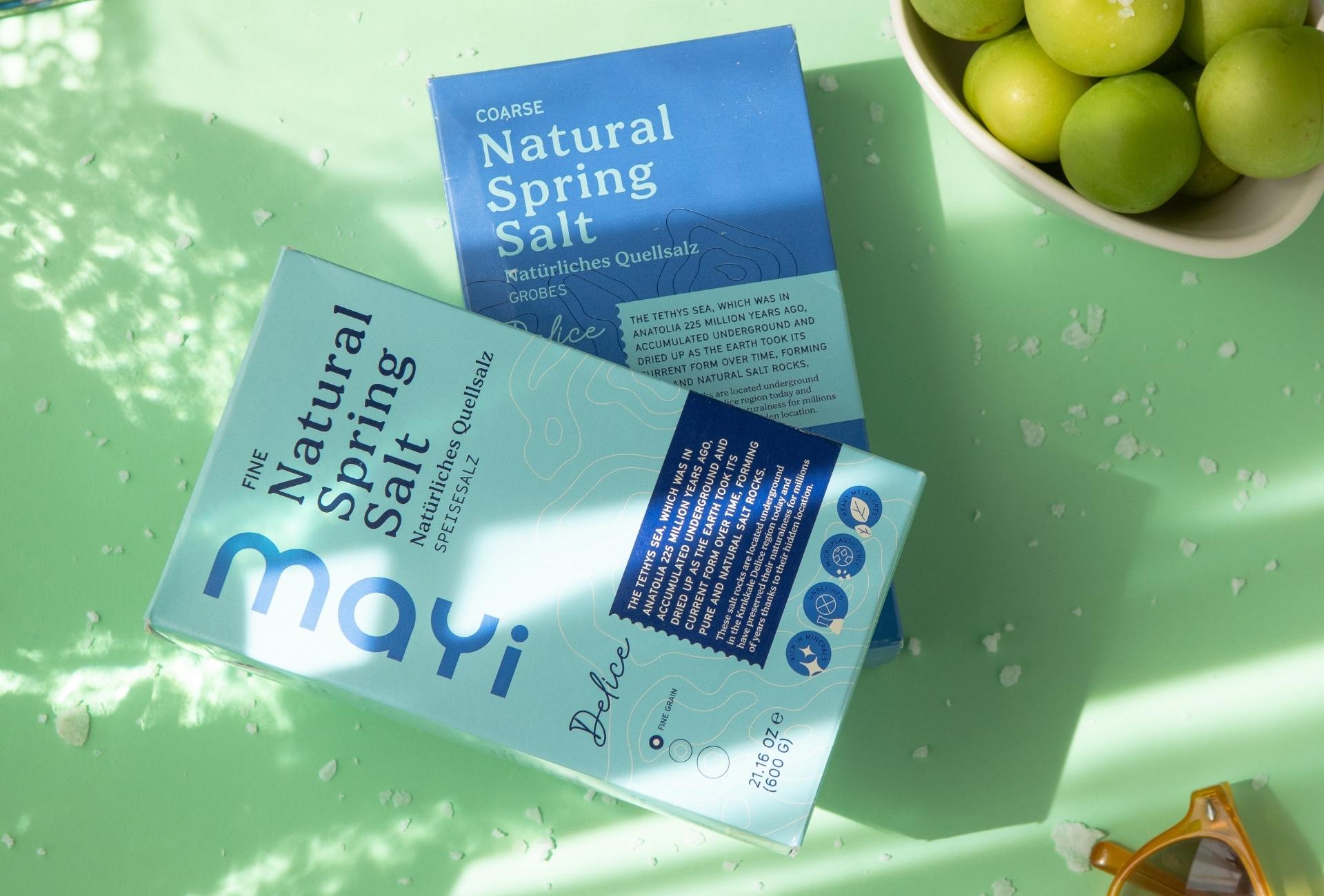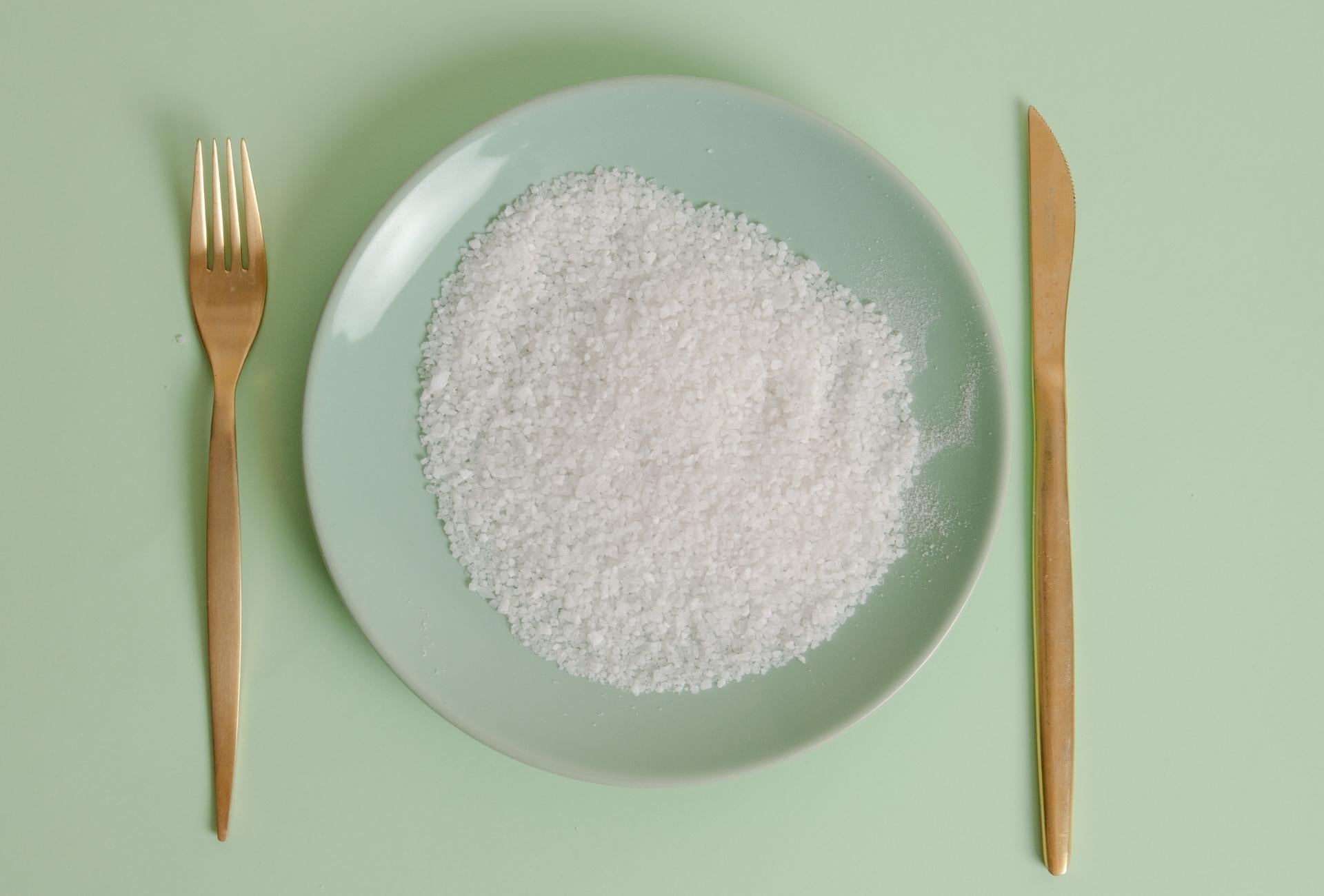Salt is one of the most valuable minerals on Earth. With numerous variations and types, salt is frequently studied. Among the popular salts studied are hydrated salts. Let's take a closer look at this type of salt that is structurally different from others. Hydrated salt, unlike the spring salt, sea salt, and Himalayan salts that we use in our meals, is more commonly used in beauty applications.
Hydrated salt is the term used when salt is molecularly bonded with water. When salt is bonded to a water molecule, it is called hydrated salt.
So, when it comes to the question of where this salt is used, hydrated salt, like Epsom salt, is recognized for its healing properties. Therefore, it is commonly preferred in beauty applications and in the skincare industry for its therapeutic benefits.
What is Hydrated Salt?
Hydrated salt refers to the compound formed by molecular bonding between salt and water molecules. This occurs when salt is exposed to water or a humid environment. In such conditions, water permeates the salt, leading to the process of hydration.
When water molecules are absorbed into the salt, the structure and properties of the salt undergo partial changes. As a result, its usability is also altered. Hydrated salt is commonly used in both industrial and daily life.
Hydrated salt is commonly used in agriculture as fertilizer, in experiments in chemistry laboratories, and in the beauty industry.
How Hydrated Salts Form?
Hydrated salt is different in form from other salts. It bonds with water molecules and attaches to its crystalline structure. This process can occur when salt comes into contact with moisture in the air. However, this doesn't happen with all types of salt. Certain varieties of salt are capable of absorbing moisture and water, and these salts are known as hygroscopic salts.
When hydrated salts are heated, they lose the water molecules contained within them through evaporation. This process is called dehydration. The resulting form of the hydrated salt without water is called anhydrous salt.
What is Hydrated Salt Used for?
Due to its molecular structure, hydrated salt is a unique salt suitable for various applications, making it highly valuable. In the industrial context, hydrated salt is frequently utilized in the following areas:
- It is used to prevent icing and slipping on roads during winter months.
- Its ability to absorb excess moisture prevents mold formation, making it useful in the pharmaceutical industry.
- It is used as a reagent in chemical experiments in laboratory applications.
- It is employed in the beauty and healthcare sectors and is commonly found in bath products.
The diverse range of applications demonstrates the significant value of this salt.
What are Examples of Hydrated Salts?
Hydrated salts are salts that can form compounds with water on a molecular level. Examples of these salts around the world include:
- Epsom salt, known for its muscle-relaxing properties and commonly used in baths.
- Copper sulfate pentahydrate, which is blue in color and frequently used in agricultural activities.
- Glauber's salt, often used in the detergent industry.
These are some of the most commonly used types of this salt, although many more examples can be found.




